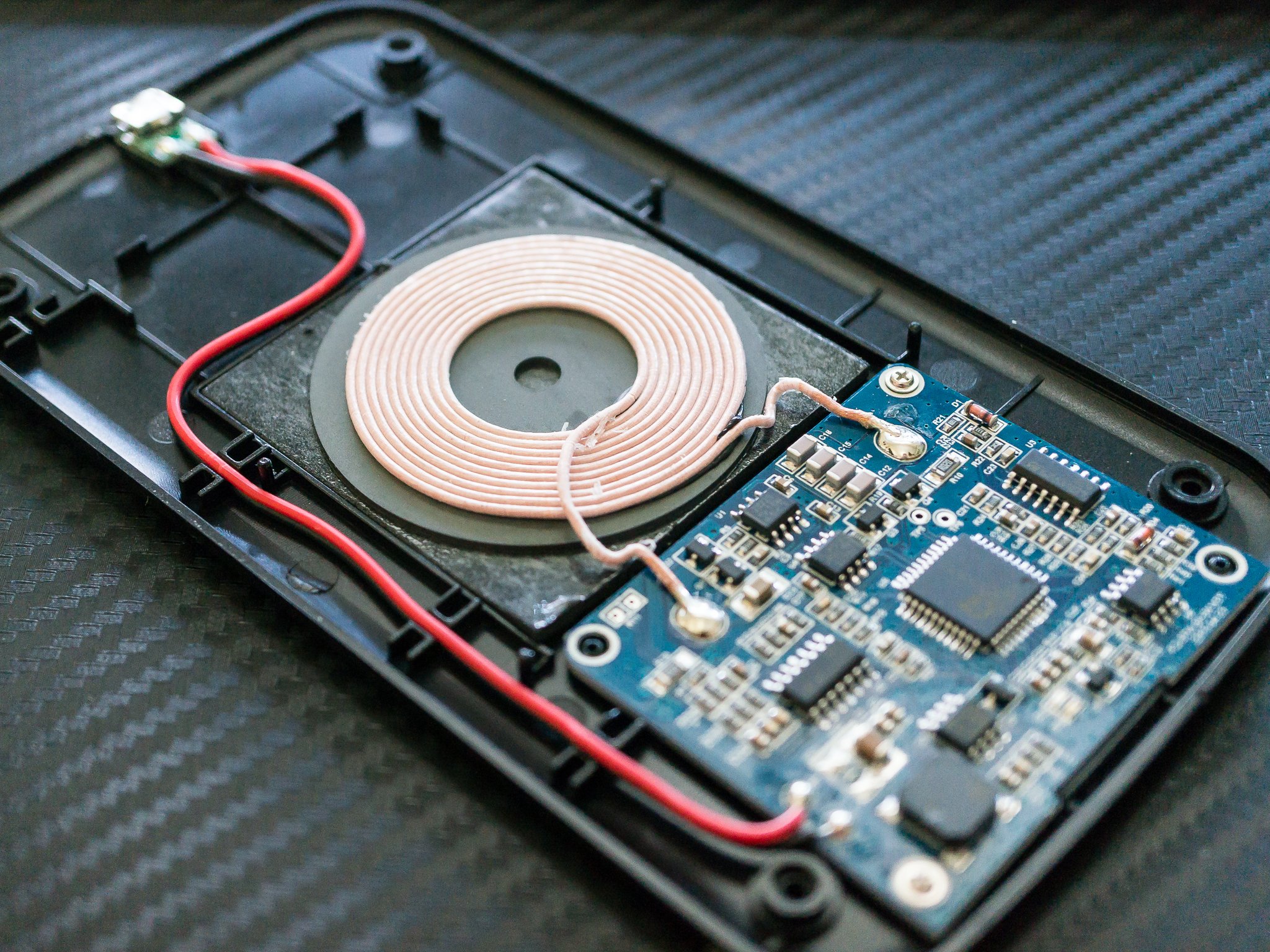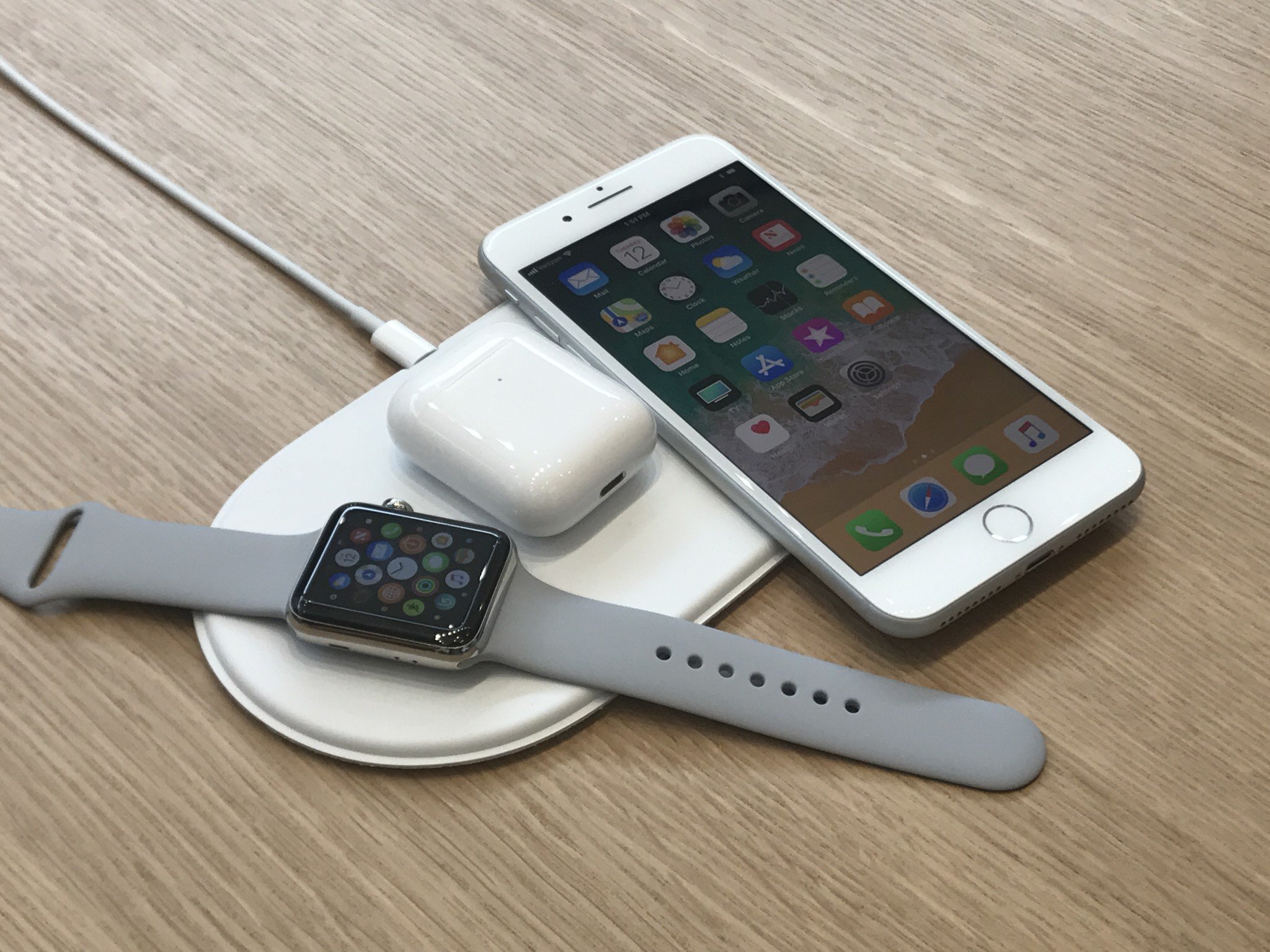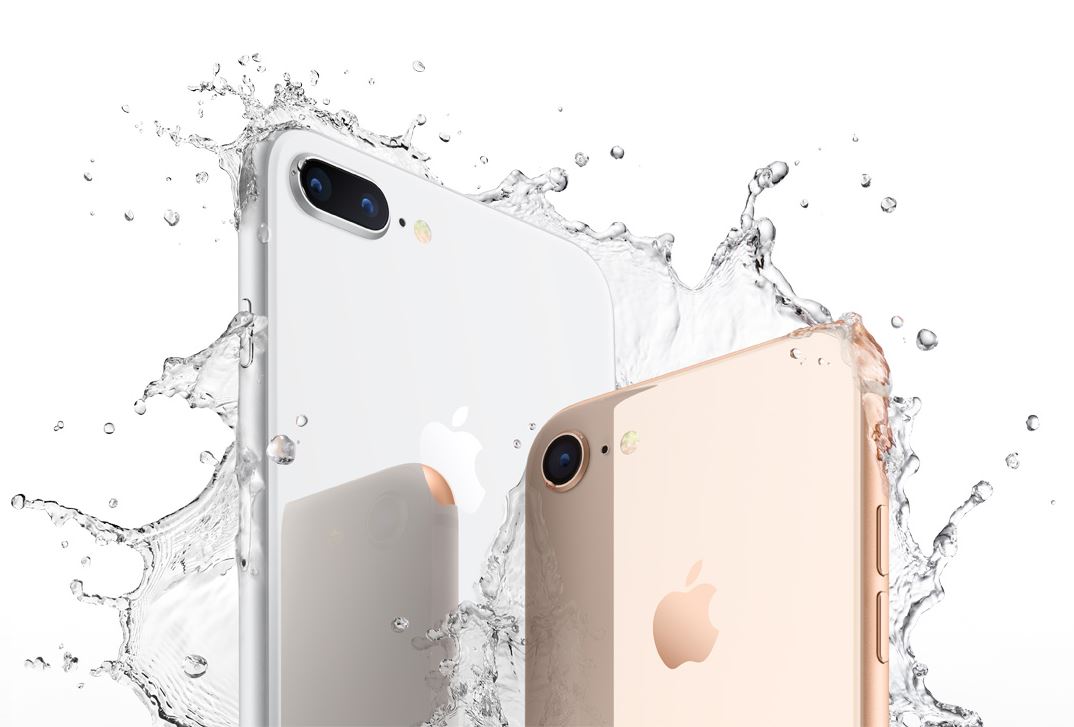AirPower, wireless Qi charging, and Apple: Everything you need to know!


Wireless charging is one of those features tech geeks have wanted Apple to add to everything for years, and the feature is finally here for everyone to enjoy. You can now buy an iPhone, Apple Watch, and AirPods with wireless charging enabled, but what exactly does that mean? What does wireless charging enable you to do, and do all of Apple's products charge the same way?
The answers to these questions aren't as simple as they maybe should be, so this guide is here to break it all down to help you figure out what you need to really enjoy this new feature.
What's new with Apple and wireless charging?
March 29, 2019: Apple cancels AirPower charging mat, unable to meet quality standards
Apple has officially canceled the AirPower inductive charging mat after failing to meet particular quality standards. The company announced the discontinuation of the project in an emailed statement to TechCrunch:
"After much effort, we've concluded AirPower will not achieve our high standards and we have cancelled the project. We apologize to those customers who were looking forward to this launch. We continue to believe that the future is wireless and are committed to push the wireless experience forward," said Dan Riccio, Apple's senior vice president of Hardware Engineering in an emailed statement today.
It's rare for Apple to announce that they are discontinuing a product that it never released. But it seems like a fairly prudent move at this point, as recent rumors had indicated that the company was, in fact, close to releasing the product. Announcing its cancelation at this time puts a stop to those rumors, and keeps customers from holding out for a product that is no longer coming.
What is wireless charging?
When it comes to Apple's products, wireless charging is a way of charging your device by setting it down on a special plate. Instead of plugging a cable into anything, you just set the phone or watch or case down on the plate, and it will instantly start charging.
The special plate is a very important part of this process. For wireless charging to work, both the thing you want to charge and the charging plate need to have a magnetic coil of wire built for transmitting power inside. When those coils line up, energy is transferred through a process called magnetic induction. As soon as those coils are no longer lined up, or those coils are separated by enough space, the transfer of power stops and the phone is no longer charging.
Master your iPhone in minutes
iMore offers spot-on advice and guidance from our team of experts, with decades of Apple device experience to lean on. Learn more with iMore!
Based on this understanding, there's a few things about wireless charging with your phone that are universally true:
- You can use a case on your phone and still use a wireless charger.
- The further apart the coil in your phone and the coil on the tray is, the slower the phone will charge.
- Wireless charging is not, and likely never will be, as fast as using a cable.
Are all wireless charging systems the same?

Nope, and this is where things get a little complicated. Wireless charging has been around for a long time now, and as a result there are now multiple standards and governing bodies that regulate how wireless charging works. The two most commonly known governing bodies are the Wireless Power Consortium and the Power Matters Alliance. These organizations maintain wireless charging specifications called Qi (pronounced "chee") and PMA.
Apple has based all of its wireless charging tech on the Qi standard, but not all of it works the exact same way. Some of the things Apple has included wireless charging in, like the Apple Watch, use a custom version of the Qi standard that only allows Apple-approved chargers to power Apple Watch. Here's a quick breakdown:
- Any Qi charger will be able to charge an iPhone 8, iPhone 8 Plus, or iPhone X.
- Only Apple-approved chargers can charge the Series 3 Apple Watch and Gen2 AirPods case. (Older versions of the Apple Watch will not work with any Qi-style charger.)
- No Qi charger except the Apple-made AirPower charger can charge the iPhone and Apple Watch and AirPods case at the same time (or, alternatively, two iPhone models).
So I should just buy the AirPower charger, right?

Well, that all depends. Apple's AirPower charger looks like an impressive move forward for Qi chargers, and Apple has already promised to share the spec for the AirPower charger with the Wireless Power Consortium, but it has its own rules to be followed. For example, only the Apple Watch Series 3 will charge on the AirPower charger. If you have an older Apple Watch, you still need to use your existing charger to power it.
There's also no mention of pricing for the AirPower charger yet, only that it will be available sometime in 2018. If you're getting a new iPhone or Apple Watch on launch day, that means you could be waiting quite a while for this new charger to become available. There are plenty of great wireless chargers you could be using in the mean time, and you may find you prefer having a smaller wireless charger in your office or car that is different from the thing you use at home to charge everything all at once.
Read more: The best wireless charging pads for your iPhone
Is wireless charging actually worth it?

To be perfectly honest, wireless charging is a luxury. It's convenient to be able to casually drop your phone onto something and know it is charging, and by not using the Lightning port on your iPhone every single day, you are ensuring it will last longer, but you don't need this feature in your life. You will still use a cable if you want to use the phone while it is charging, for example.
The one place this feature will be the most useful for people would be in the car. If you have a wireless charging dock for your car, and your car doesn't have Bluetooth, you can use the headphone jack adapter to connect your phone to the AUX port. In every other situation, it's a convenience.
That having been said, once you start using it you're probably going to want a wireless charger everywhere you go.
Russell is a Contributing Editor at iMore. He's a passionate futurist whose trusty iPad mini is never far from reach. You can usually find him chasing the next tech trend, much to the pain of his wallet. Reach out on Twitter!


